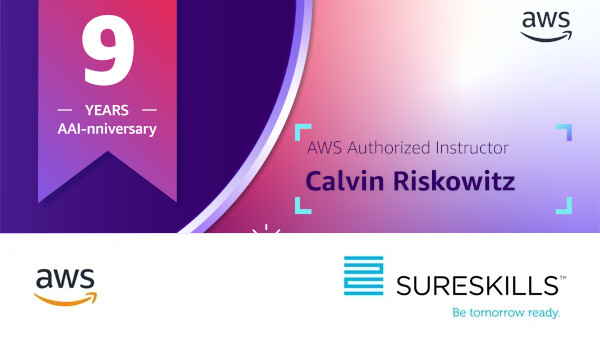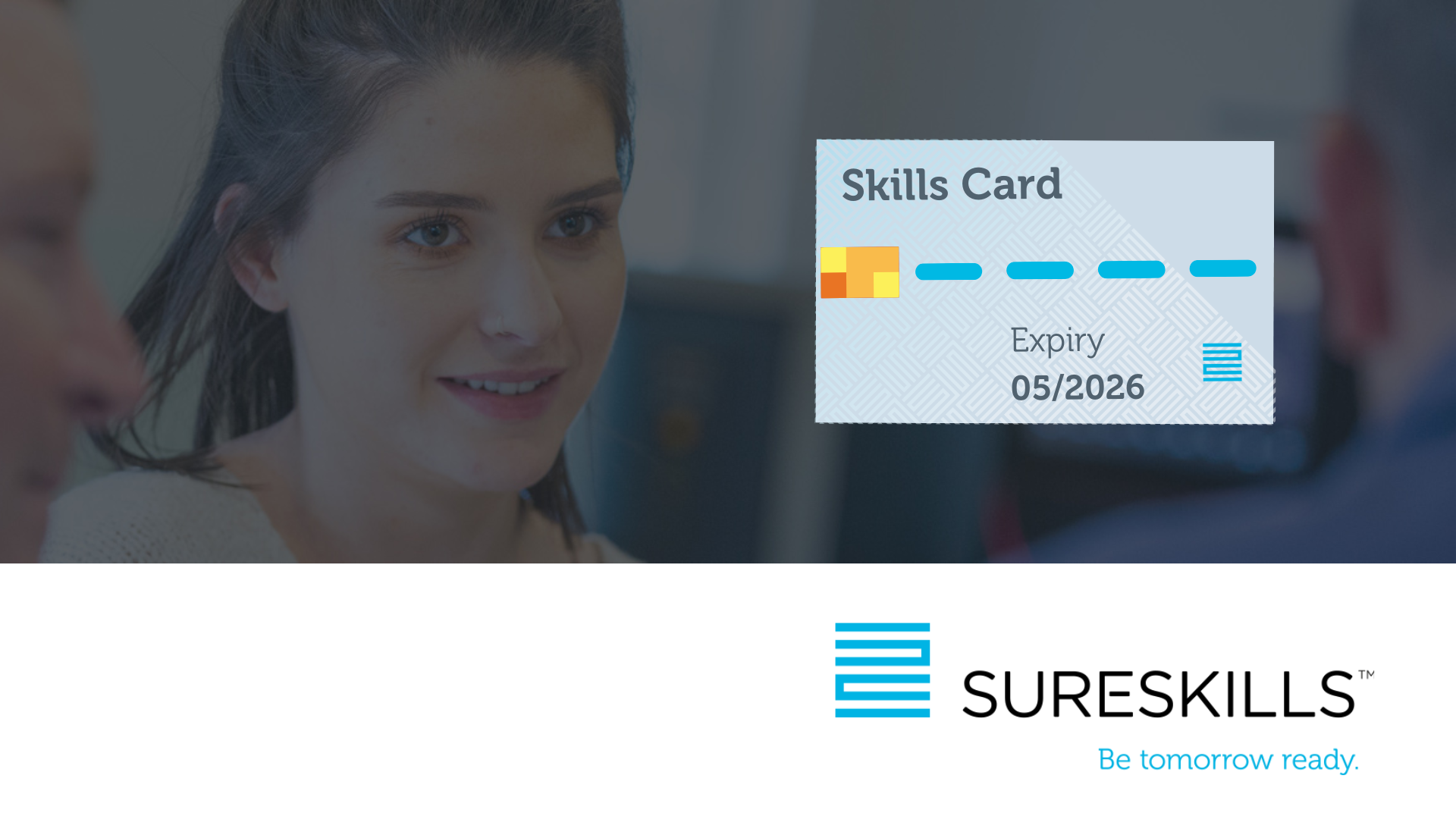Bridge The Skills Gap By Implementing Competency-Based Learning

Today’s HR departments face the difficult task of finding the right people to help their company succeed. But how do you do this at a time when skills gaps abound, and talented people already on your workforce are increasingly likely to look for jobs elsewhere?
In fact, it’s not just HR departments that face these challenges. Learning and Development teams must meet the unprecedented demands of a multigenerational workforce while finding a way to educate their teams at scale to keep up with the fast-shifting business landscape.
Competency-based learning has emerged as a comprehensive solution that helps companies solve its most pressing strategic challenges. In this article, we will explain what competency-based learning is, why it works, and how you can get started with this approach in your own organization.
What Is Competency-Based Learning?
Competency-based learning is a strategic learning approach in which you define the competencies needed to achieve your organization’s strategic goals. Starting with your organizational goals, you work backward, deciding what competencies your people need to achieve success. As a result, competencies are the building blocks for high-quality individual and organizational performance.
What Are Competencies?
Competencies are the observable behaviors, abilities, skills, knowledge, and traits that are necessary for high performance in any given role. These competencies are used to develop a “competency framework” that becomes the template for personalized Learning and Development. You can then assign levels from beginner through to mastery for each of the competencies established in the framework, which can be changed over time as new skills and competencies are required.
The Benefits Of Competency-Based Learning
Since competency-based learning impacts all aspects of your strategic vision, the benefits ripple throughout your organization. Here are some of the benefits of a competency-based approach to Learning and Development:
- Competency-based learning makes training more relevant for your employees and boosts performance.
- Competency-based learning empowers learners to take control of their own learning paths. This often leads to increased job satisfaction and better alignment between employee and organizational goals.
- It stands to reason that if your employees are happy, they're less likely to leave your company. This is significant given the cost of replacing top talent and training new employees. Competency-based learning can help you hold on to your best people.
- Intuitive metrics allow you to measure learner progress over time at a granular skill level. This allows you to see how your people are evolving within their role.
- These metrics also help you identify skills gaps among your people. Data and analytics help you establish what your people need quickly and effectively and plan wisely for future training investments.
- With detailed reporting, you can clearly point to the impact of your training program on your people and your bottom line. You will be able to directly attribute business value to your Learning and Development program.
- When you know exactly which competencies your employees need to be successful, it is much easier to recruit the right person for the right position. This saves time wasted on hiring and training candidates that might not fit well with your company's vision.
A Case Study
In late 2016, John Donovan and Cathy Benko wrote a terrific article in the Harvard Business Review about AT&T’s talent overhaul. The article outlines the approach AT&T took in response to rapidly shifting technical demands driven by the move to cloud services.
AT&T’s primary challenge lay in the fact that of their 280,000 employees, most “got their education and foundational job training in a different era.” Rather than searching for talent elsewhere, AT&T invested in their people and chose to “rapidly retrain its current employees while striving to engender a culture of perpetual learning.”
As you can probably guess…it worked.
AT&T applied the basic principles of competency-based learning as they overhauled their approach to workplace training. They diligently documented existing skills gaps and developed forward-thinking competency frameworks for the roles they believed would bring the company success. They consolidated 250 roles down to just 80, simplifying and standardizing their role structures to make it easier for their employees to get the training they needed and so they could track performance over time.
Because they put the time and energy into creating specific but flexible role-based frameworks, AT&T was able to prescribe and provide relevant training for their staff that helped them develop as individuals and made them better contributors to the company vision.
Less than two years into the program, AT&T had reduced its product-development cycle time by 40% and had accelerated time to revenue by 32%. More importantly, their innovative approach to training their people may just have saved the company when it faced the real danger of becoming obsolete.
How Do I Get Started?
First, you need to figure out where you stand. Start by assessing the high-performance competencies necessary for success in every role within your organization. If that seems daunting, begin with the roles that have the biggest impact on your company’s performance. You could start with your sales team, for example, as sales are often easily linked to how well your organization is doing.
Once you have established the competencies that drive success, you need to know which capabilities your current teams have. For that, you need to benchmark each of your employees against the standards you have established. This will help you identify skills gaps among your learners and will help you shape a Learning and Development program around helping them progress from beginner through to mastery in the skills that will most benefit their performance.
If you would like to know more about competency-based learning, there are experts that can help and resources to help you get started.
Good luck!




